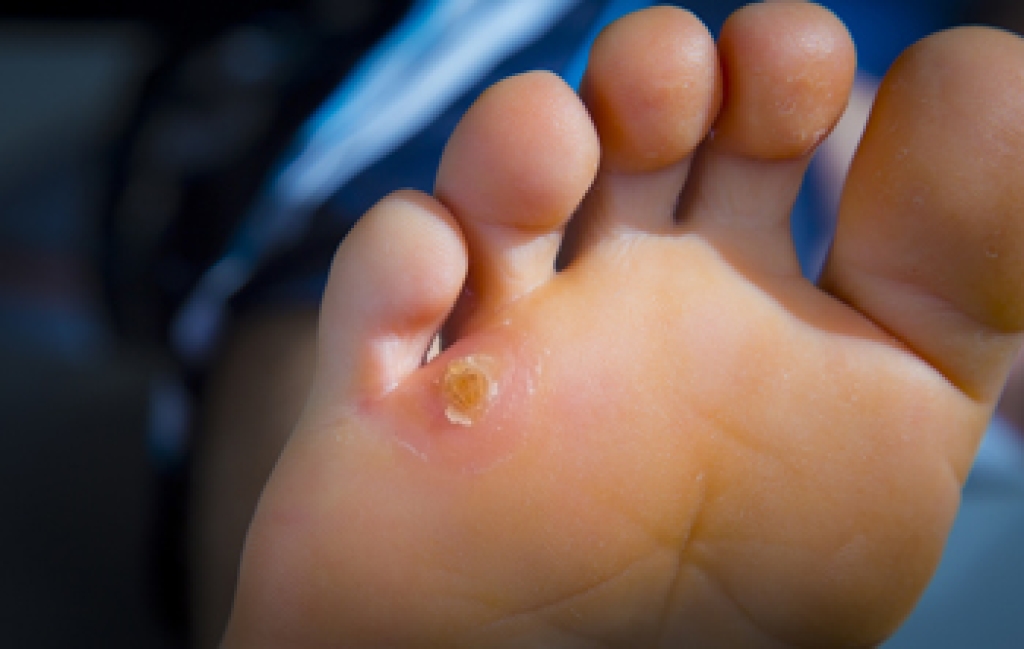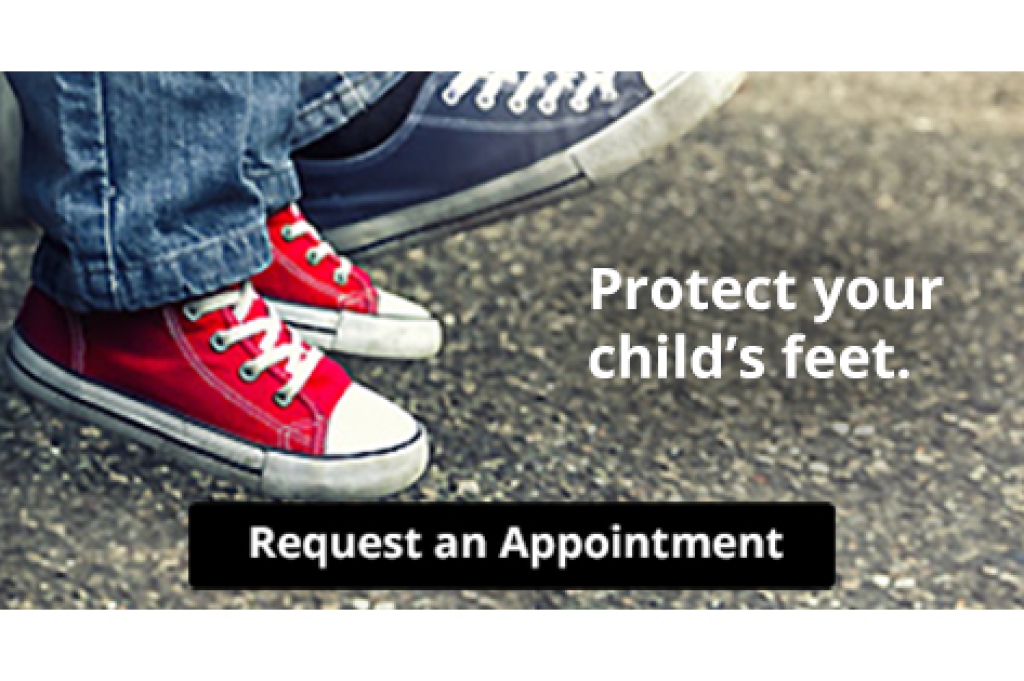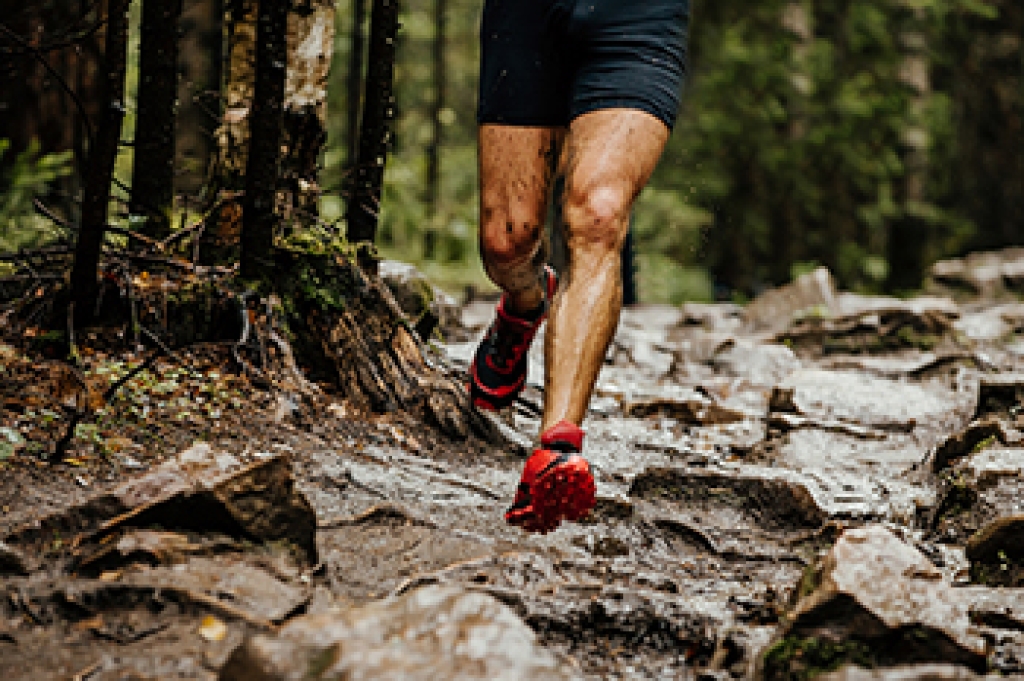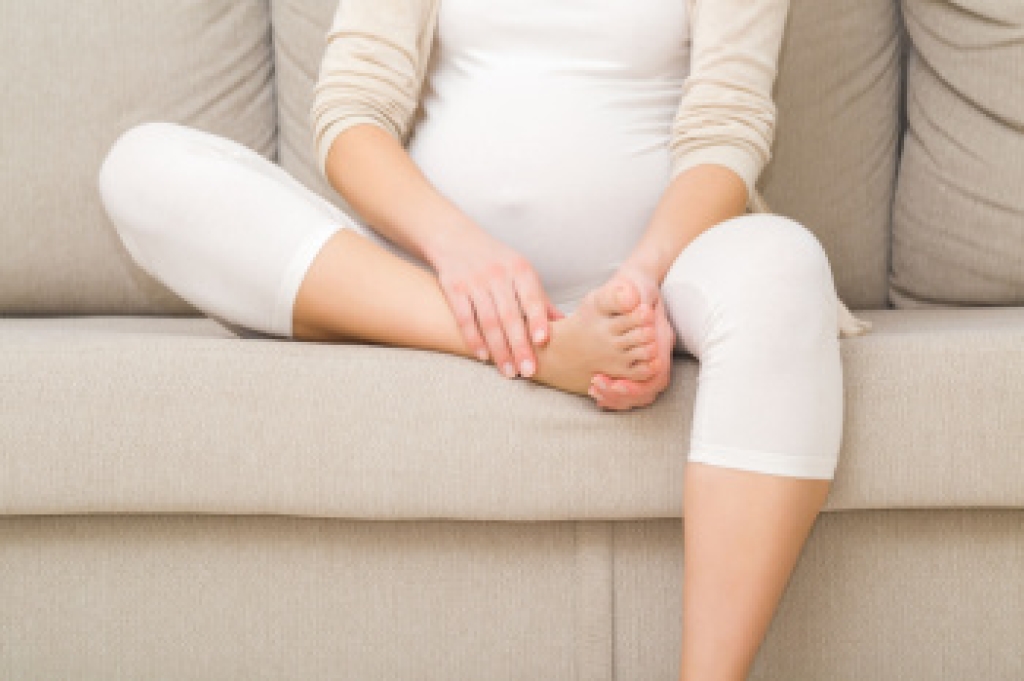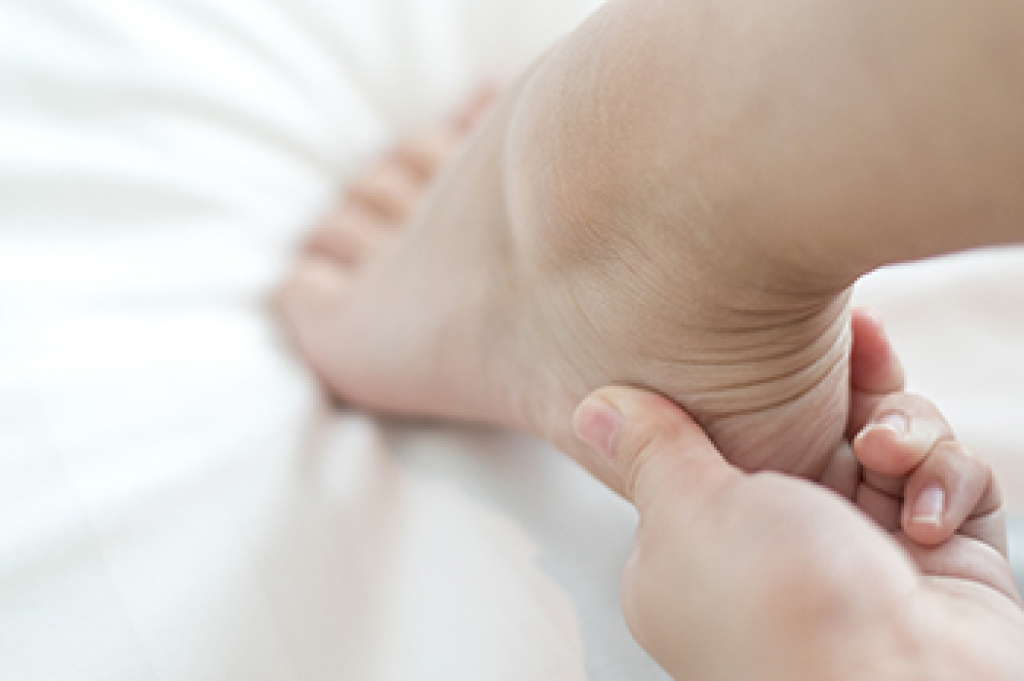
Sever's disease is a common cause of heel pain in growing children, especially those who are active in sports. It occurs when the growth plate in the heel becomes inflamed due to repetitive stress or tension from the Achilles tendon. Symptoms include heel pain during or after physical activity, limping, swelling, tenderness at the back of the heel, and stiffness in the foot upon waking. The heel may appear slightly red or swollen and often feels sore when squeezed. Sever's disease usually affects children between the ages of 8 and 14 during growth spurts. A podiatrist can diagnose the condition through a physical examination and a review of activity levels and symptoms. Imaging is rarely needed but may be used to rule out other issues. Treatment options include stretching exercises, heel lifts, supportive footwear, and temporary activity modification. It is suggested that you make an appointment with a podiatrist to manage symptoms and promote proper healing.
Sever's disease often occurs in children and teens. If your child is experiencing foot or ankle pain, see Jeffrey Radack, DPM from Texas Regional Foot & Ankle Clinics. Our doctor can treat your child’s foot and ankle needs.
Sever’s Disease
Sever’s disease is also known as calcaneal apophysitis, which is a medical condition that causes heel pain I none or both feet. The disease is known to affect children between the ages of 8 and 14.
Sever’s disease occurs when part of the child’s heel known as the growth plate (calcaneal epiphysis) is attached to the Achilles tendon. This area can suffer injury when the muscles and tendons of the growing foot do not keep pace with bone growth. Therefore, the constant pain which one experiences at the back of the heel will make the child unable to put any weight on the heel. The child is then forced to walk on their toes.
Symptoms
Acute pain – Pain associated with Sever’s disease is usually felt in the heel when the child engages in physical activity such as walking, jumping and or running.
Highly active – Children who are very active are among the most susceptible in experiencing Sever’s disease, because of the stress and tension placed on their feet.
If you have any questions, please feel free to contact our office located in McKinney and Coppell, TX . We offer the newest diagnostic and treatment technologies for all your foot care needs.
